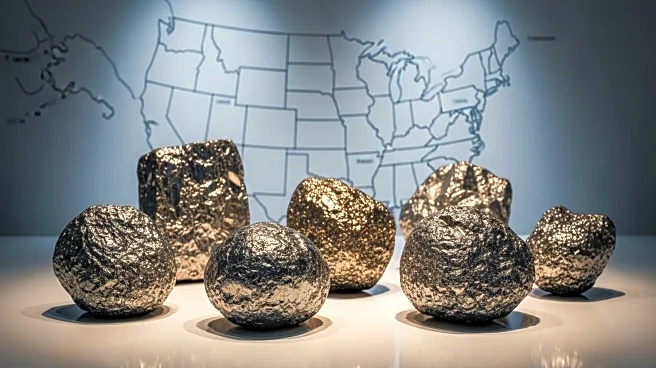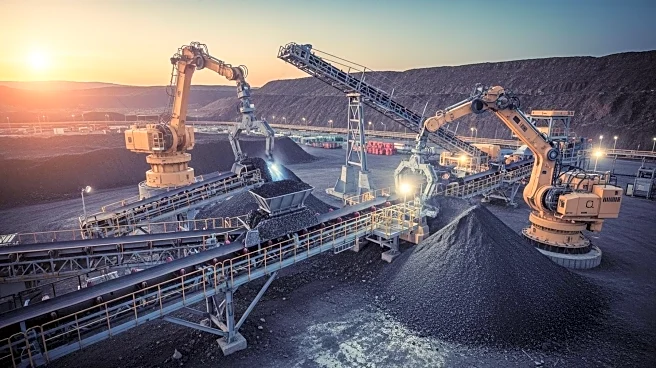What's Happening?
Antimony, a critical metal, is experiencing supply challenges due to geopolitical tensions and increased demand, particularly from the solar photovoltaic sector. China, historically the dominant producer, has seen a decline in mine production due to resource depletion and environmental regulations. Demand for antimony is expected to rise significantly, driven by its applications in flame retardants, military uses, and renewable energy technologies. The global market remains in a state of net deficit, with prices affected by China's export restrictions.
Why It's Important?
The supply challenges in the antimony market have significant implications for industries reliant on this metal, including renewable energy, defense, and manufacturing. As demand outpaces supply, stakeholders may face increased costs and potential disruptions. The geopolitical aspects, particularly China's export controls, highlight vulnerabilities in global supply chains and the need for diversified sources.
What's Next?
Efforts to secure alternative sources of antimony are underway, with companies exploring new mining opportunities in regions like Alaska and Australia. These initiatives aim to mitigate supply risks and support domestic production. The ongoing geopolitical tensions may prompt further strategic shifts in sourcing and investment in critical minerals.
Beyond the Headlines
The antimony market's dynamics reflect broader challenges in securing critical minerals amid geopolitical uncertainties. The focus on sustainable and secure supply chains is likely to influence policy decisions and international relations. The situation underscores the importance of strategic resource management in maintaining economic and national security.












